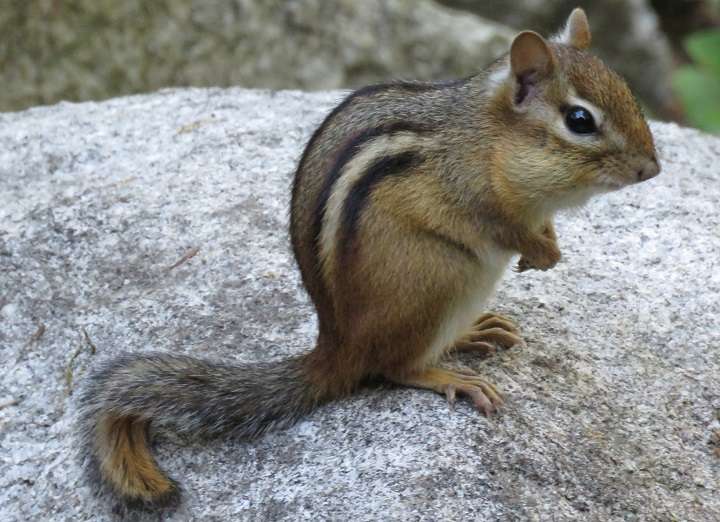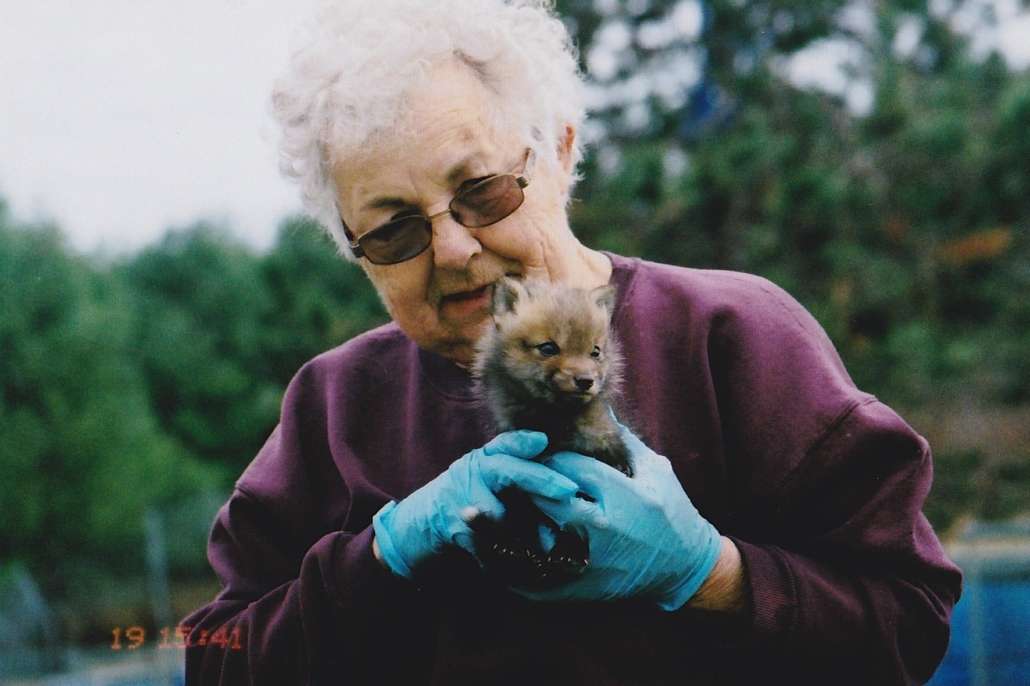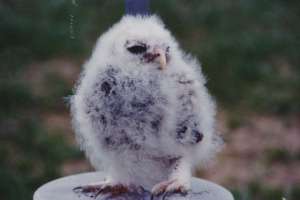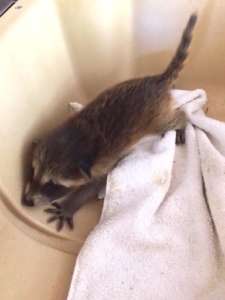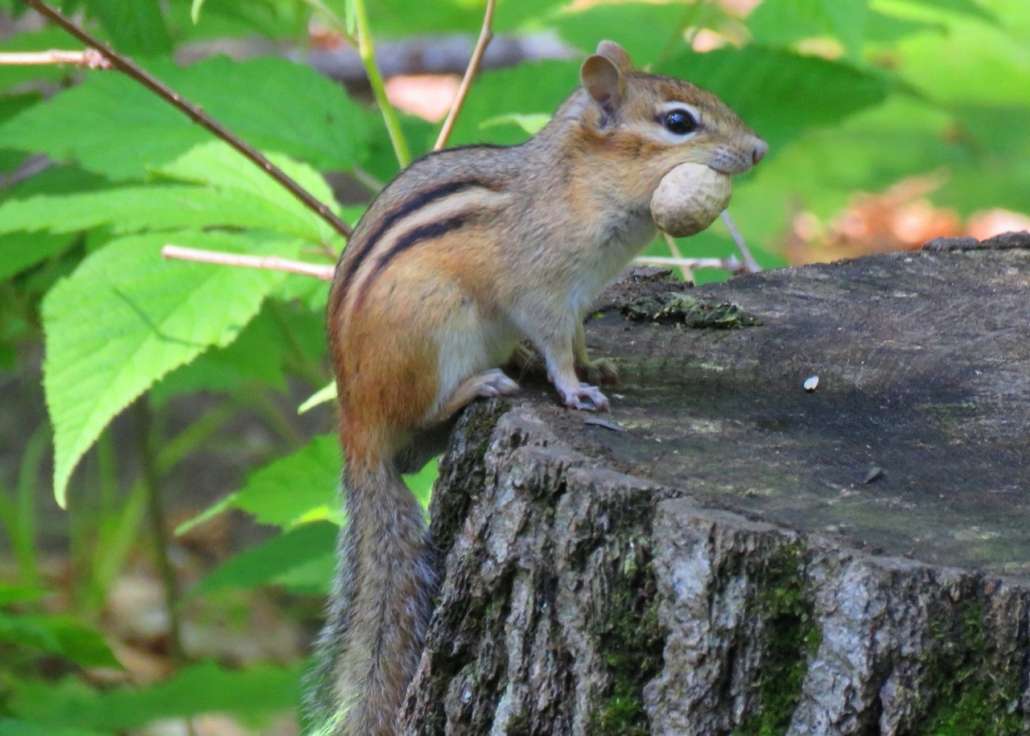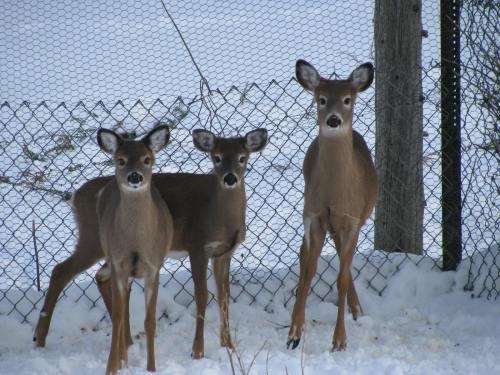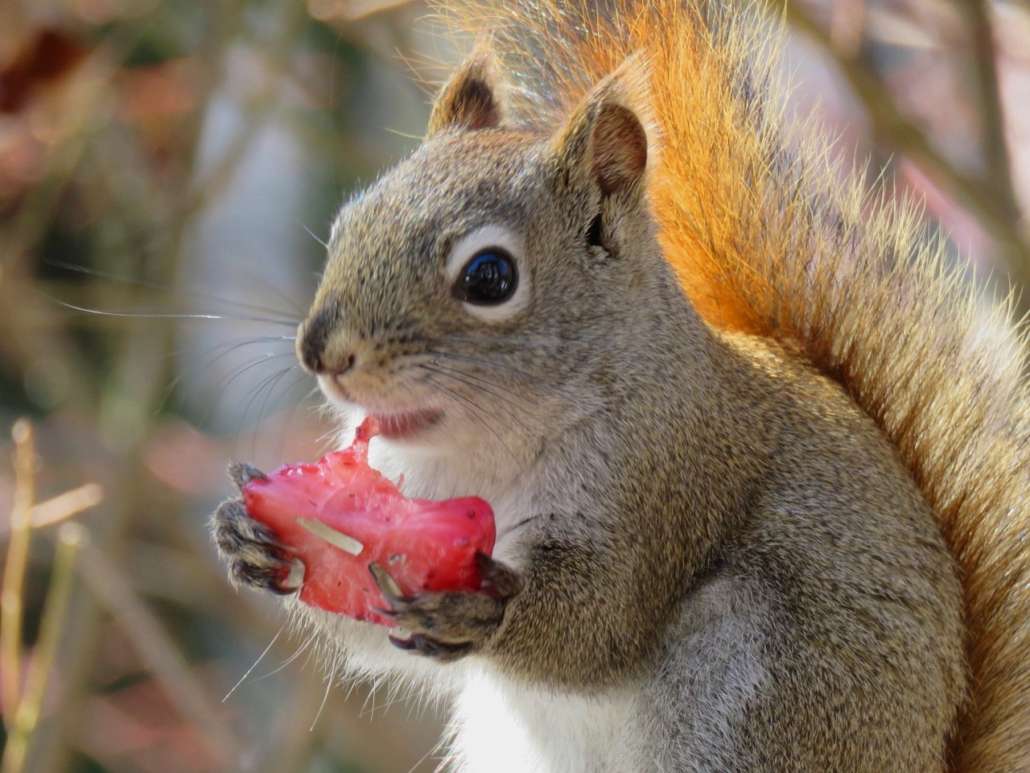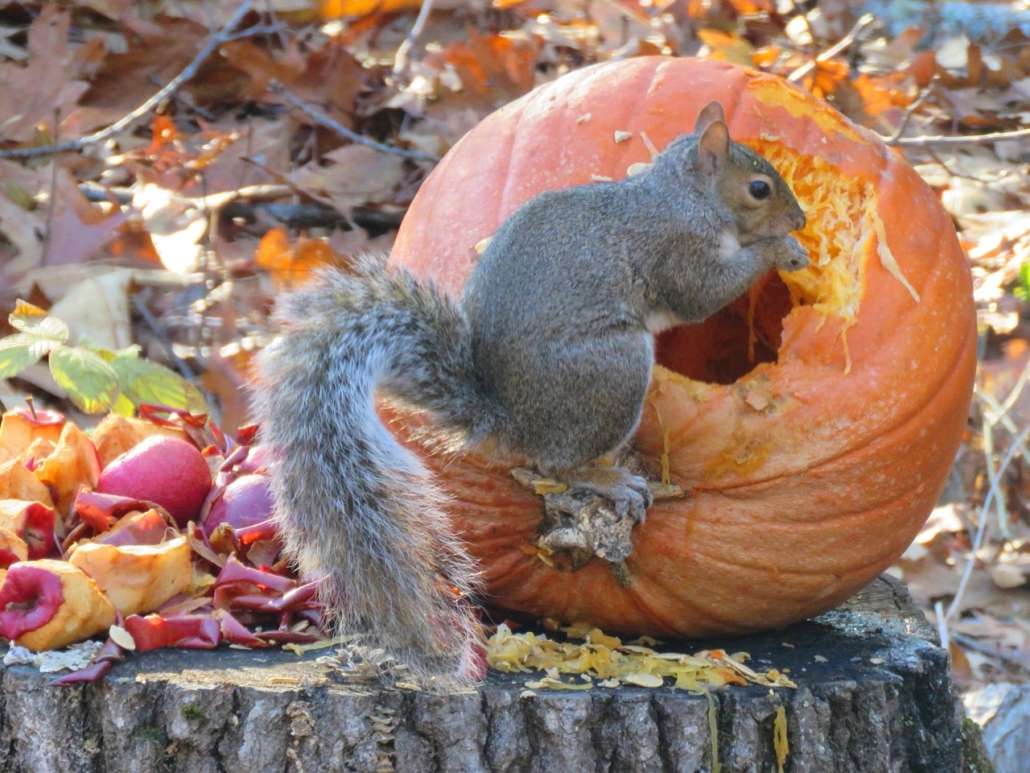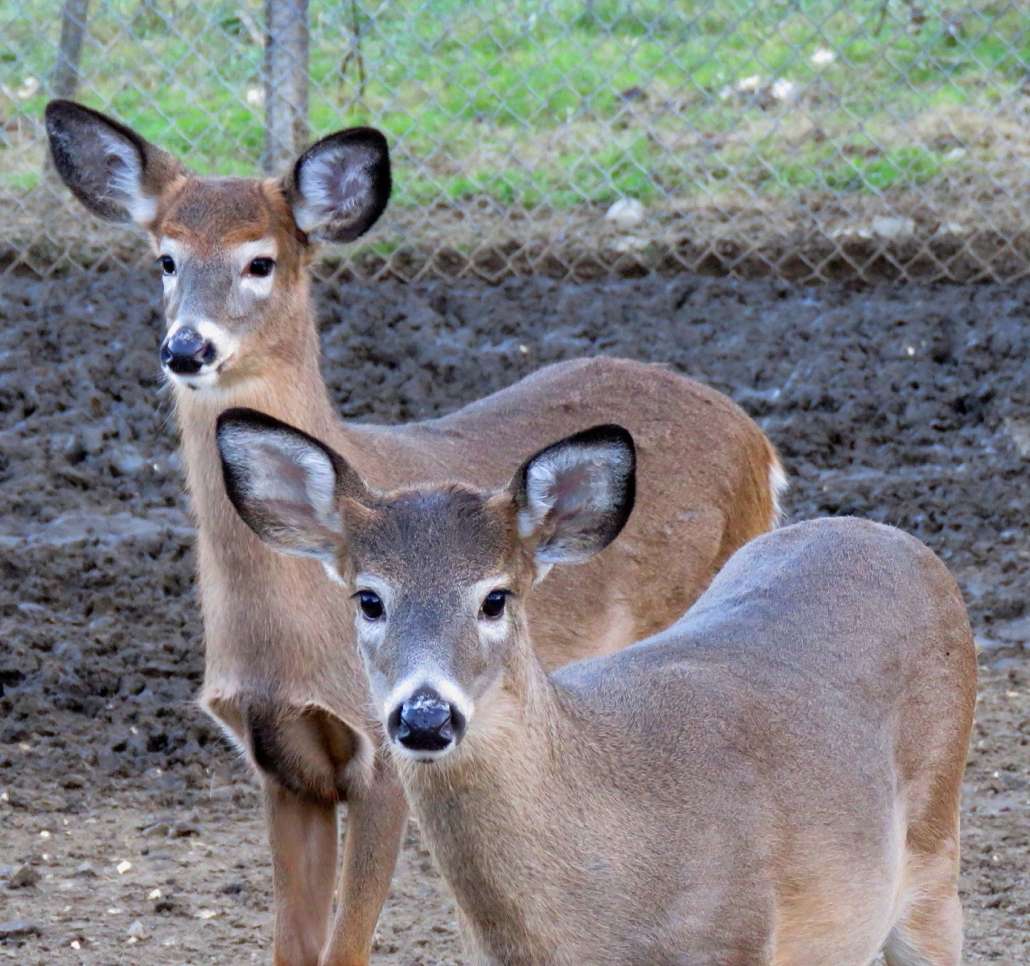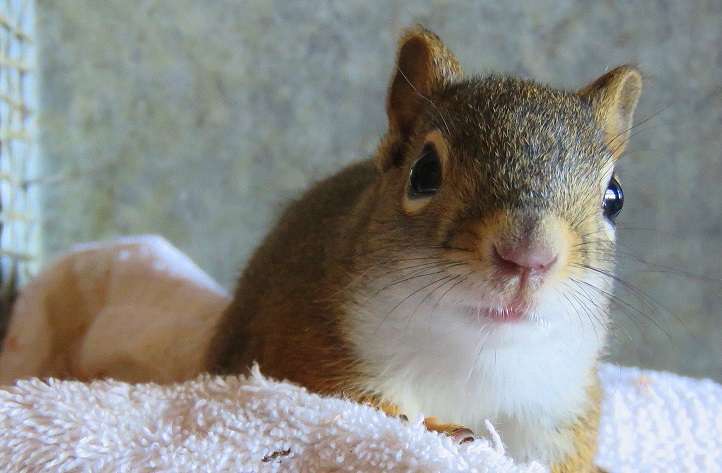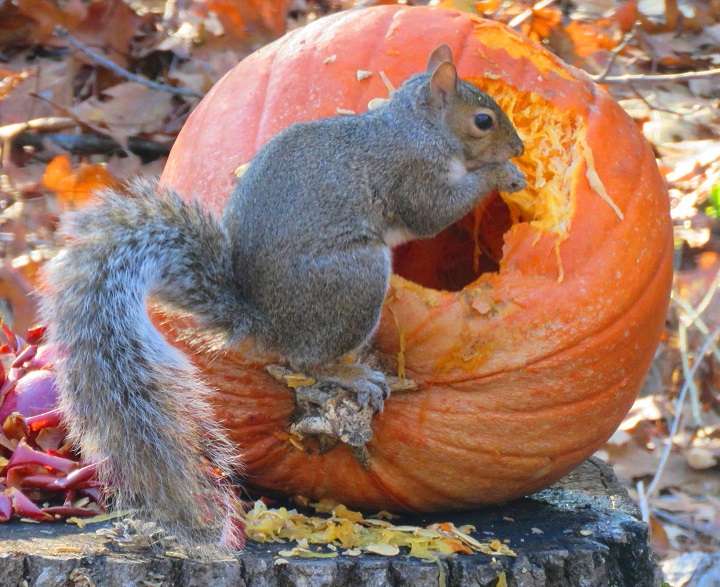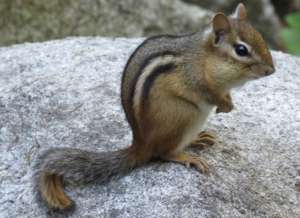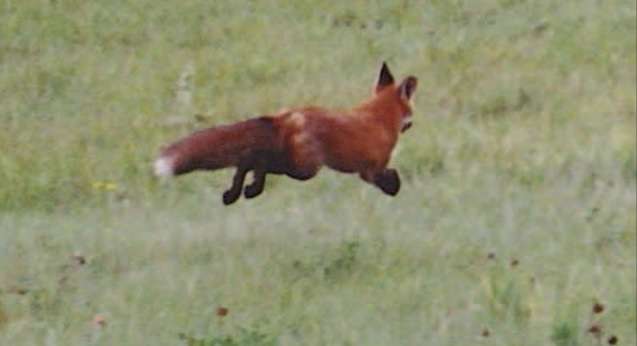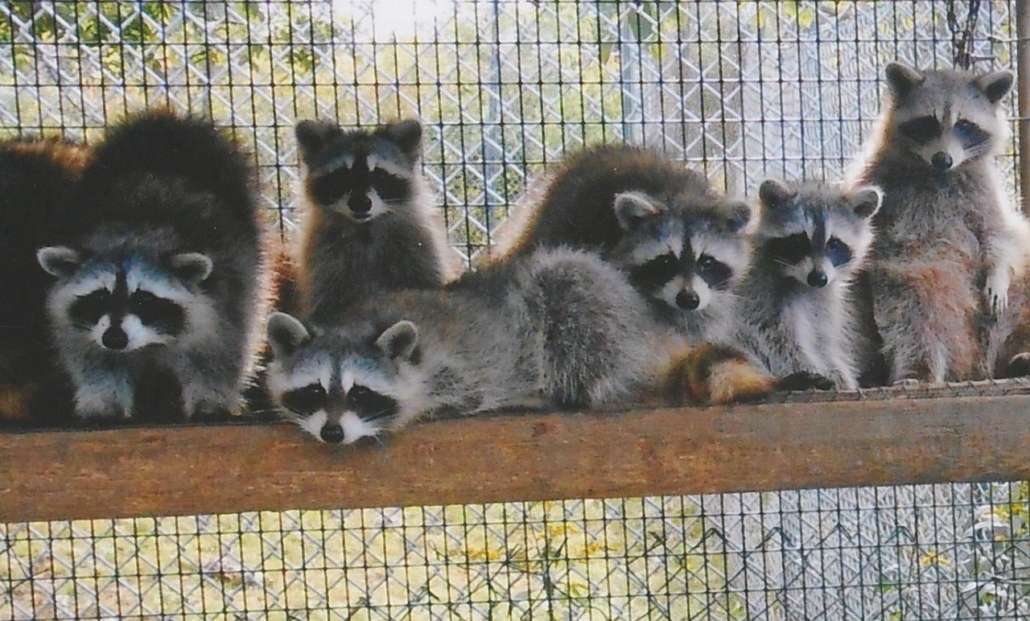CRITTER CHATTER: New neighbors move in
 by Jayne Winters
by Jayne Winters
In my typical fashion, I wasn’t sure what this month’s column would be about. After Monday (May 13), however, there was no doubt in my mind. What was just another day in the life of a wildlife rehabber was special for me!
For those who read Critter Chatter regularly, you may remember that last October I wrote about a chipmunk and gray squirrel that had been hit by cars. Although the gray was active and seemed on the road to recovery, he did succumb to his injuries after a few days. “Chip” slowly began to come around from his trauma, eating, drinking and grooming himself. He was left with a slight crook in his neck, though, which Don thought would eventually straighten out.
In November, I wrote about a young red squirrel – the sole survivor of a litter of three – that was rescued from a glue trap. After Don used PAM Cooking Spray and Dawn detergent to clean off the glue residue, Little Red sported a real funky-looking tail for weeks; it reminded me of a fancy poodle cut.
Since their cages were in Don’s living room, I regularly greeted Chip and Little Red on my visits and looked forward to seeing their improvement over the winter months. I told Don in January that if he needed a place to release them this spring, they would be welcome to the woods behind our house as I’d been seeing only a couple of gray squirrels and only one red.
So, when I got the call on Monday that it was Release Day, I quickly grabbed my camera and awaited my guests’ arrival. Don and volunteer Jeff arrived shortly with not one, but two reds, and Chip. Not a problem! The first squirrel hadn’t been in rehab very long and immediately scooted out of his cage, bee-lining it for a nearby oak tree. Chip was the next to be set free and he spent 15-20 minutes on the lawn, sampling last fall’s acorns and exploring.
Little Red was hyper, bouncing all over his cage, inside for a few minutes, then on top once he discovered the open door, even popping back inside. With a little encouragement from Jeff and Don, he finally ventured out again and the last we saw of him, was rustling around in the leaves in the woods. I expect he’ll be easy to recognize by his tail, so I hope he decides to make this area his permanent home. Chip has made several appearances this week and his neck appears to be fine; he’s already become quite a climber in the bush near the back deck.
I’ve always had great respect and admiration for wildlife rehabbers: for their 24/7 TLC and compassion, for their commitment in helping injured or abandoned critters, of all shapes and sizes. Witnessing the months’ long recovery and final release of what many people consider “just little rodents” only increased my high regard and appreciation for everything these folks do.
PLEASE NOTE: Don is currently dealing with some health issues and is not accepting any new admissions. He has asked that I include the name and telephone number for a rehabber he works with: Kathi McCue, at Wilderness Miracles Wildlife Rehab, in Bowdoin, can be reached at (207) 720-0074. Depending upon your location and critter situation, she can assist personally or refer you to someone in your area. You should also check these websites for a rehabber close to you: https://www.mainevetmed.org/wildlife-rehabilitation or https://www.maine.gov/ifw/fish-wildlife/wildlife/living-with-wildlife/orphaned-injured-wildlife/index.html –
Donald Cote operates Duck Pond Wildlife Care Center on Rte. 3 in Vassalboro. It is a non-profit state permitted rehab facility supported by his own resources & outside donations. Mailing address: 1787 North Belfast Ave., Vassalboro ME 04989 TEL: (207) 445-4326. EMAIL ADDRESS IS NOT BEING MONITORED AT THIS TIME.


